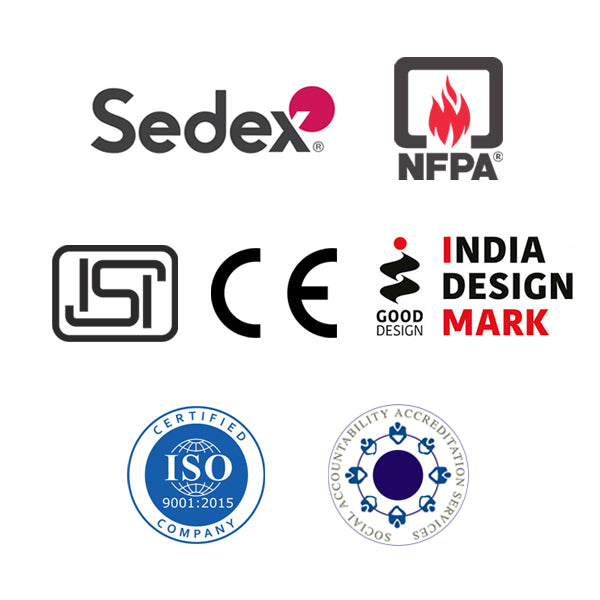H33G5
Share
Knitted Gloves
- Cut resistant seamless knitted gloves
- 13 UHWMPE & fibreglass blended liner
- Achieved blade cut resistant level 5
- Conforms to EN:388: 2016
Reinforced
Cut Resistant
Dexterity
Knitted Wrist
EN 388
CUT LEVEL C
Delivery & Services

Easy Return
with our 15 days return poicy
Regular price
Rs. 0
Sale price
Rs. 0
Regular price
Tax included.
Shipping calculated at checkout.

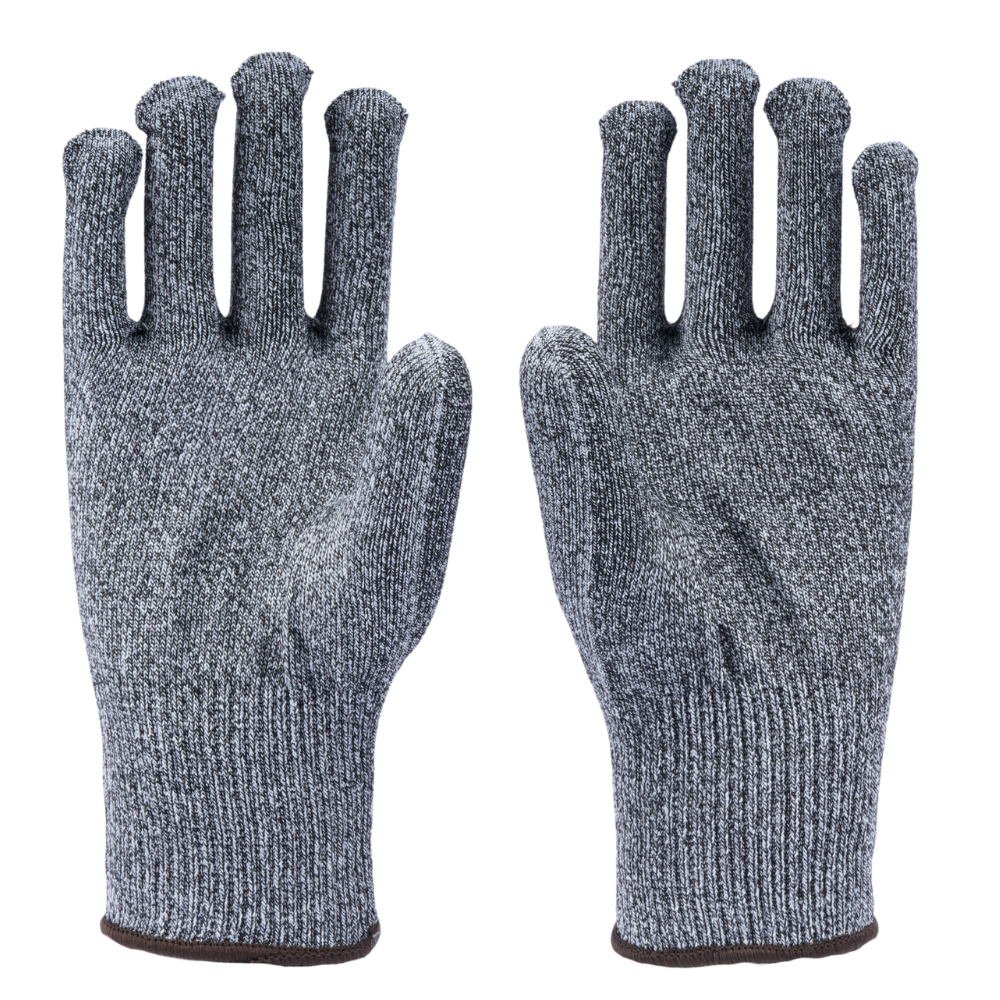
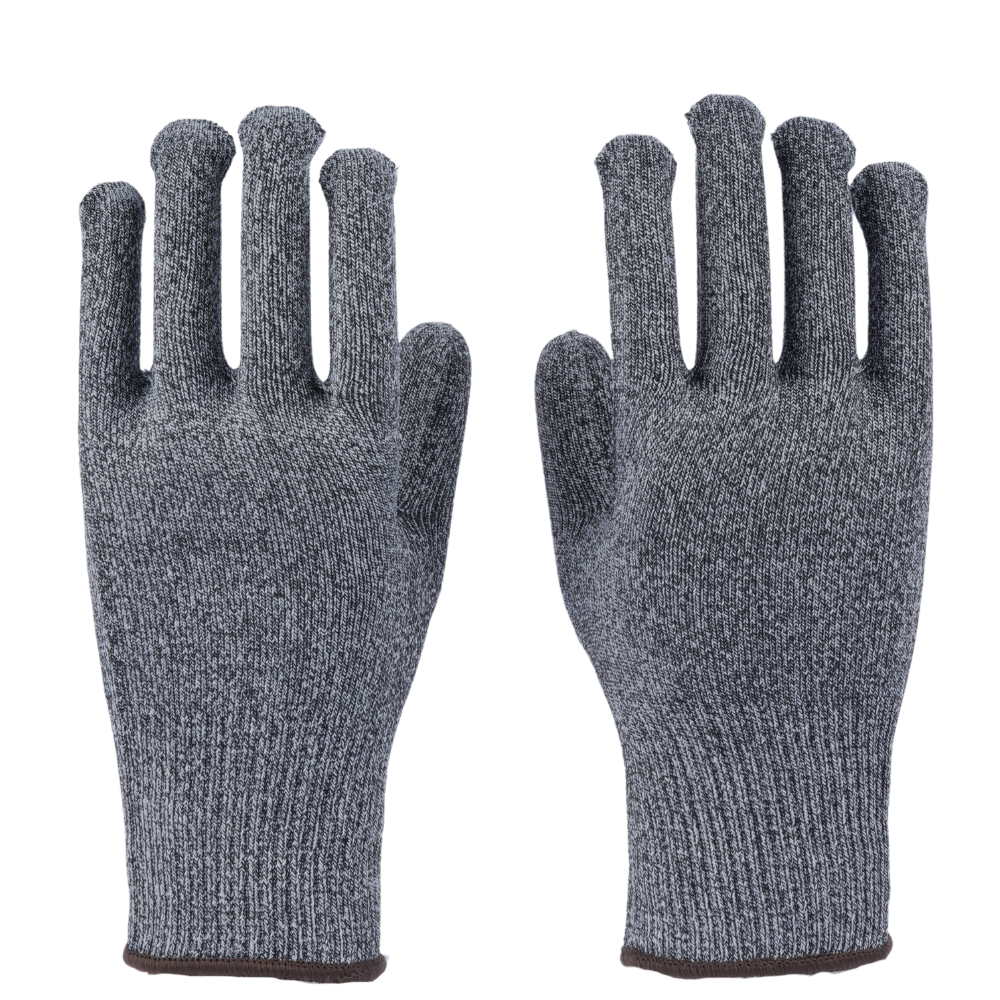
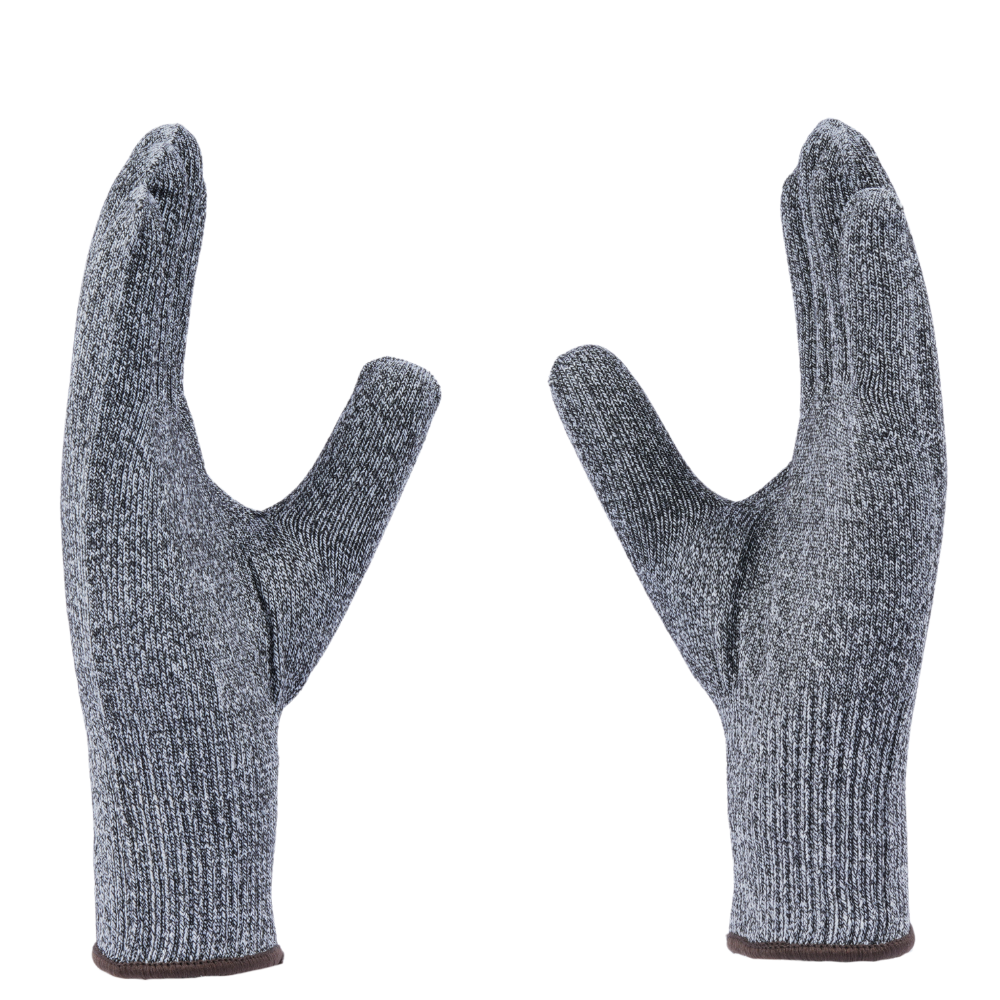
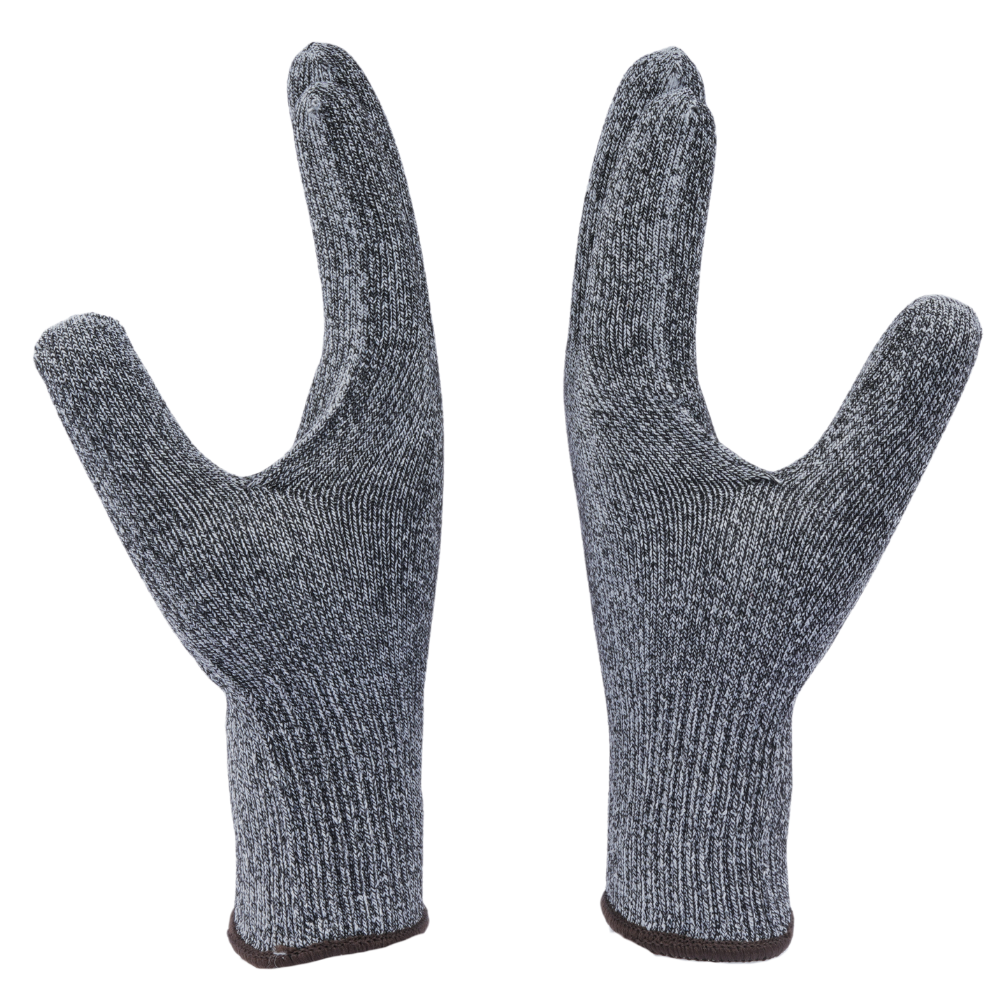
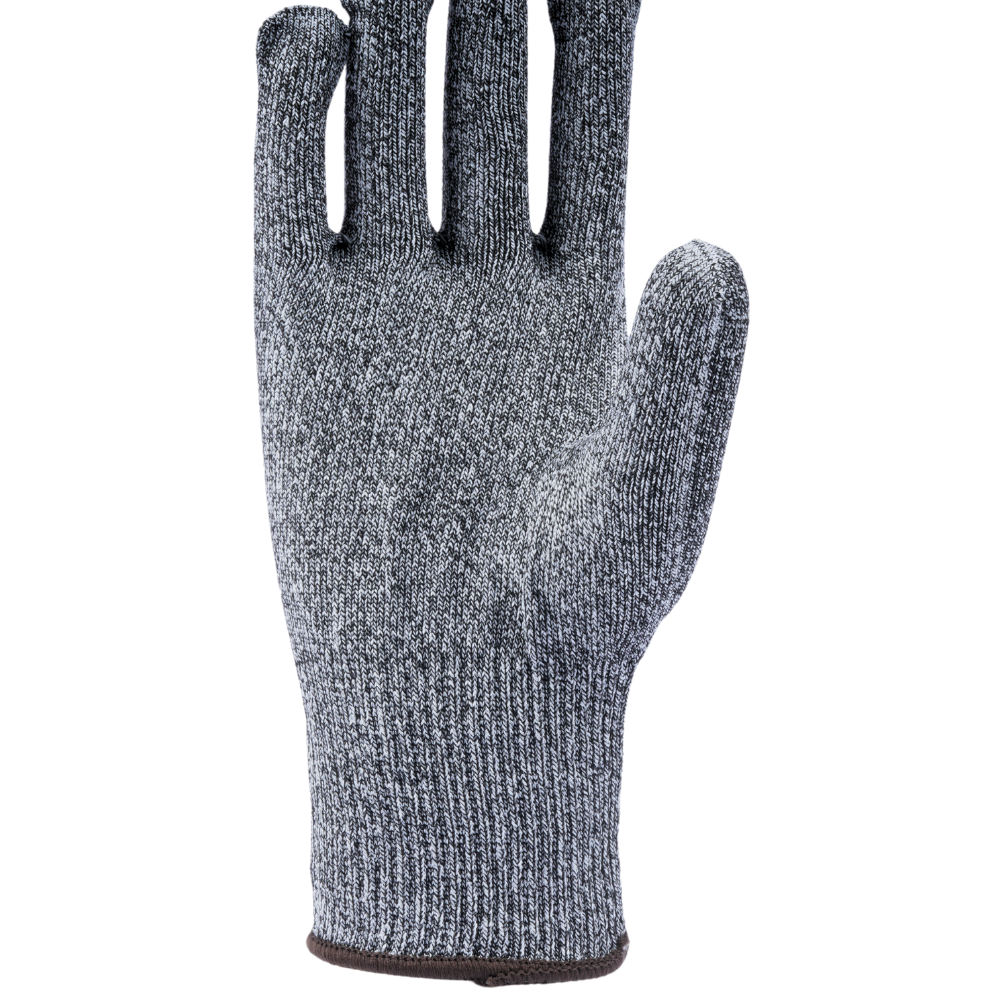

ABOUT THE DESIGN
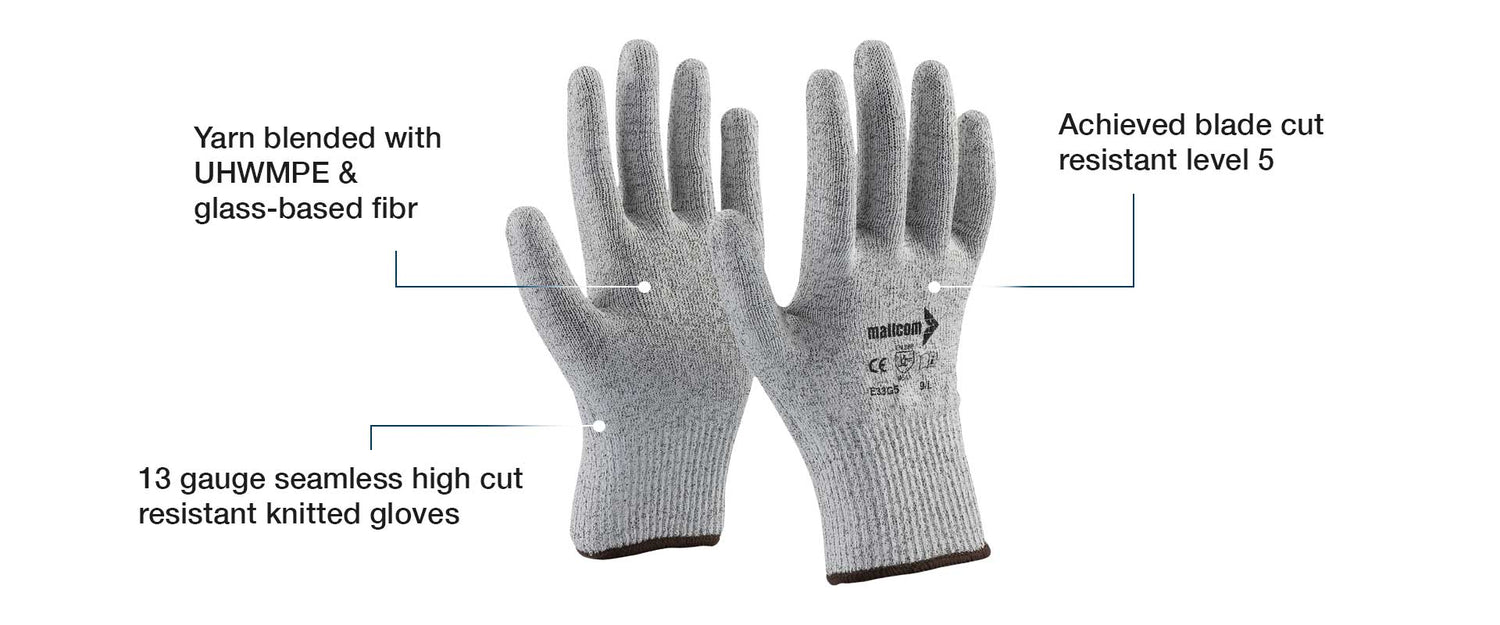
USEFUL IN THESE INDUSTRIES
AUTOMOBILE
LOGISTICS
MAINTENANCE
MATERIAL HANDLING

Product Features
ABOUT THE DESIGN
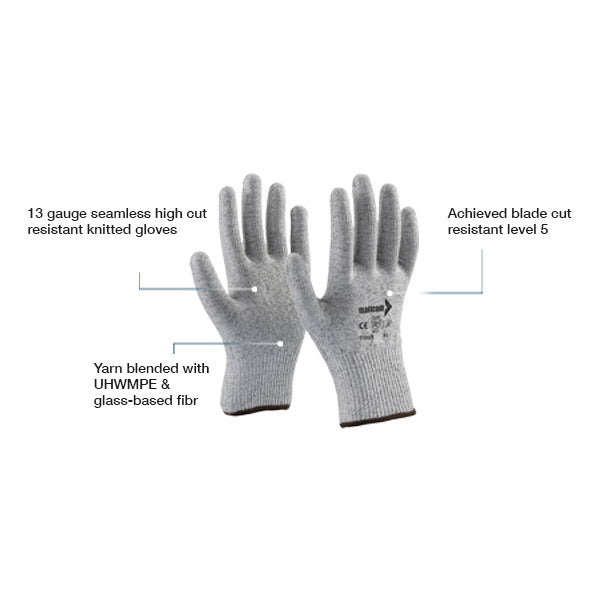
USEFUL IN THESE INDUSTRIES
AUTOMOBILE
LOGISTICS
MAINTENANCE
MATERIAL HANDLING
Product Details
